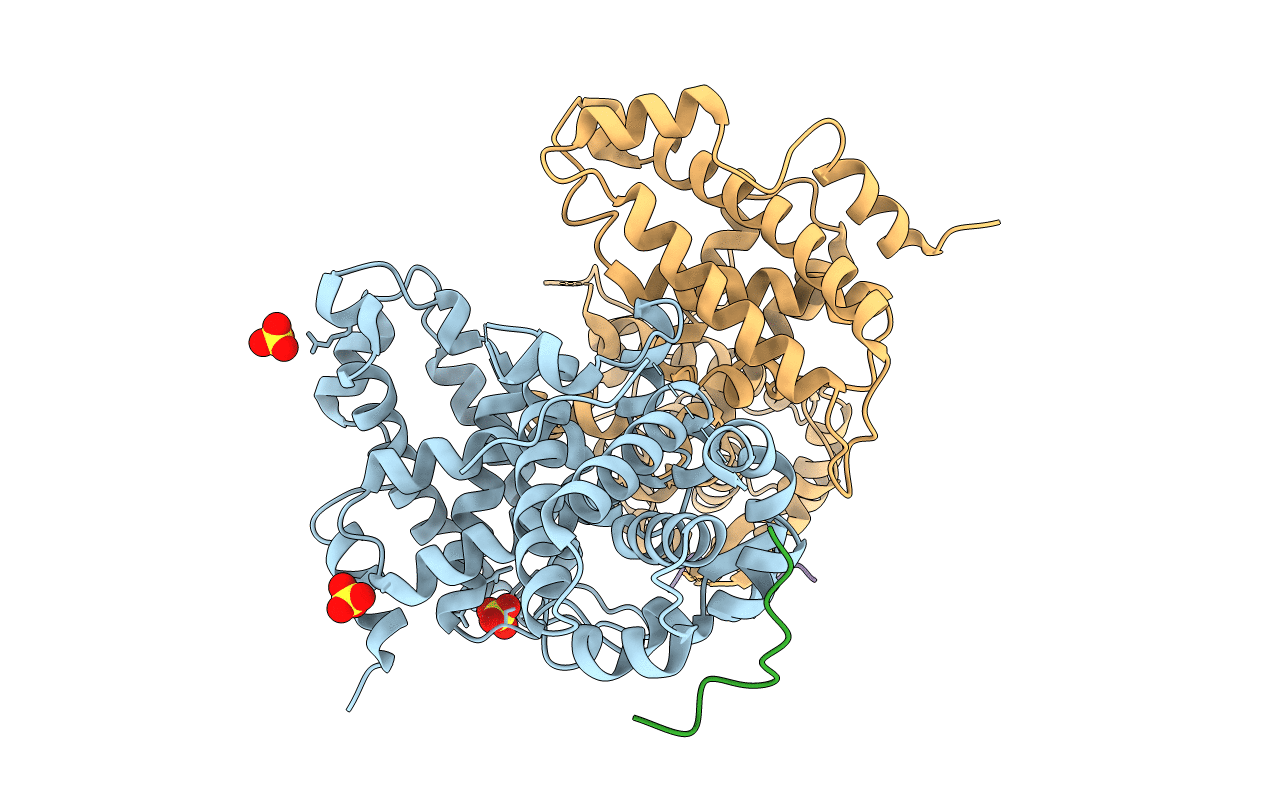
Deposition Date
2021-10-25
Release Date
2022-06-29
Last Version Date
2023-10-18
Method Details:
Experimental Method:
Resolution:
2.70 Å
R-Value Free:
0.29
R-Value Work:
0.23
R-Value Observed:
0.24
Space Group:
P 1


